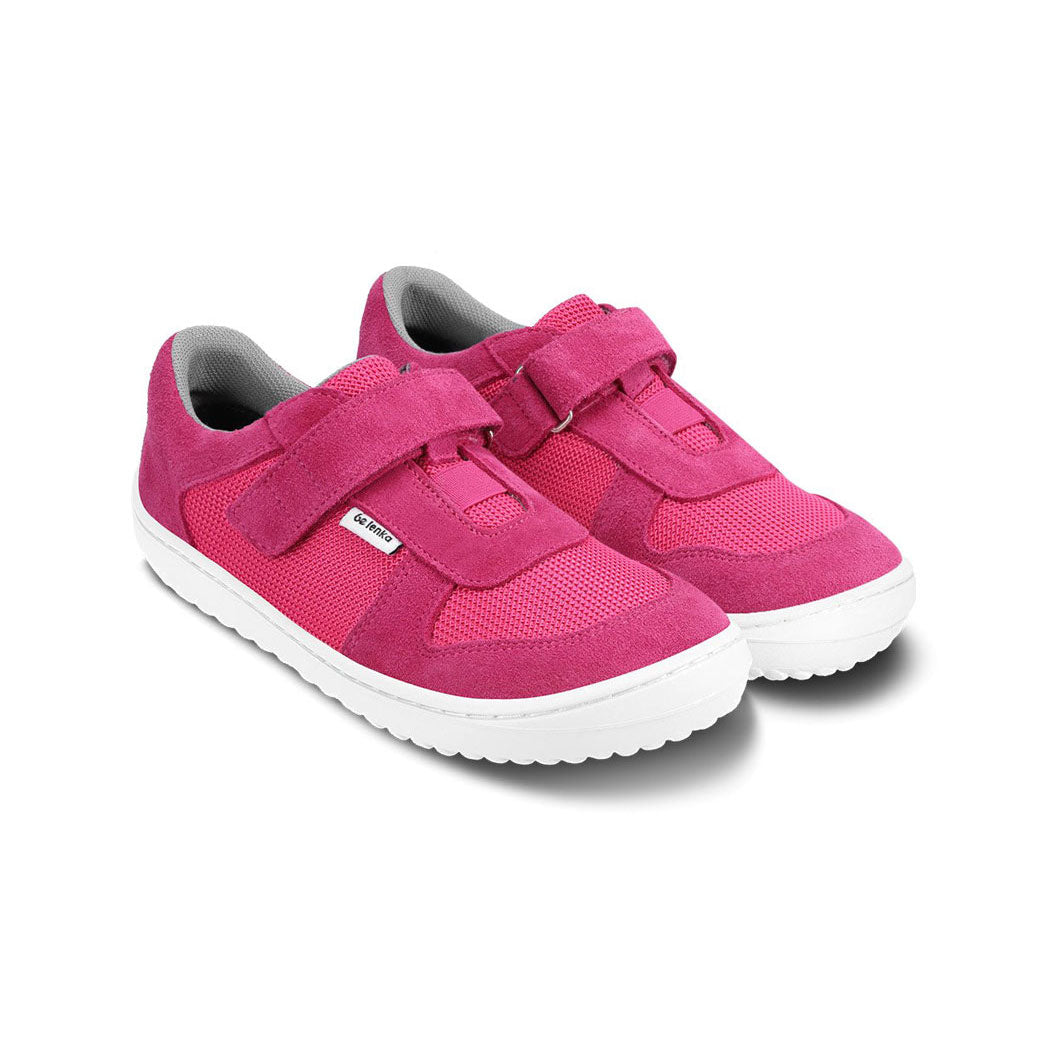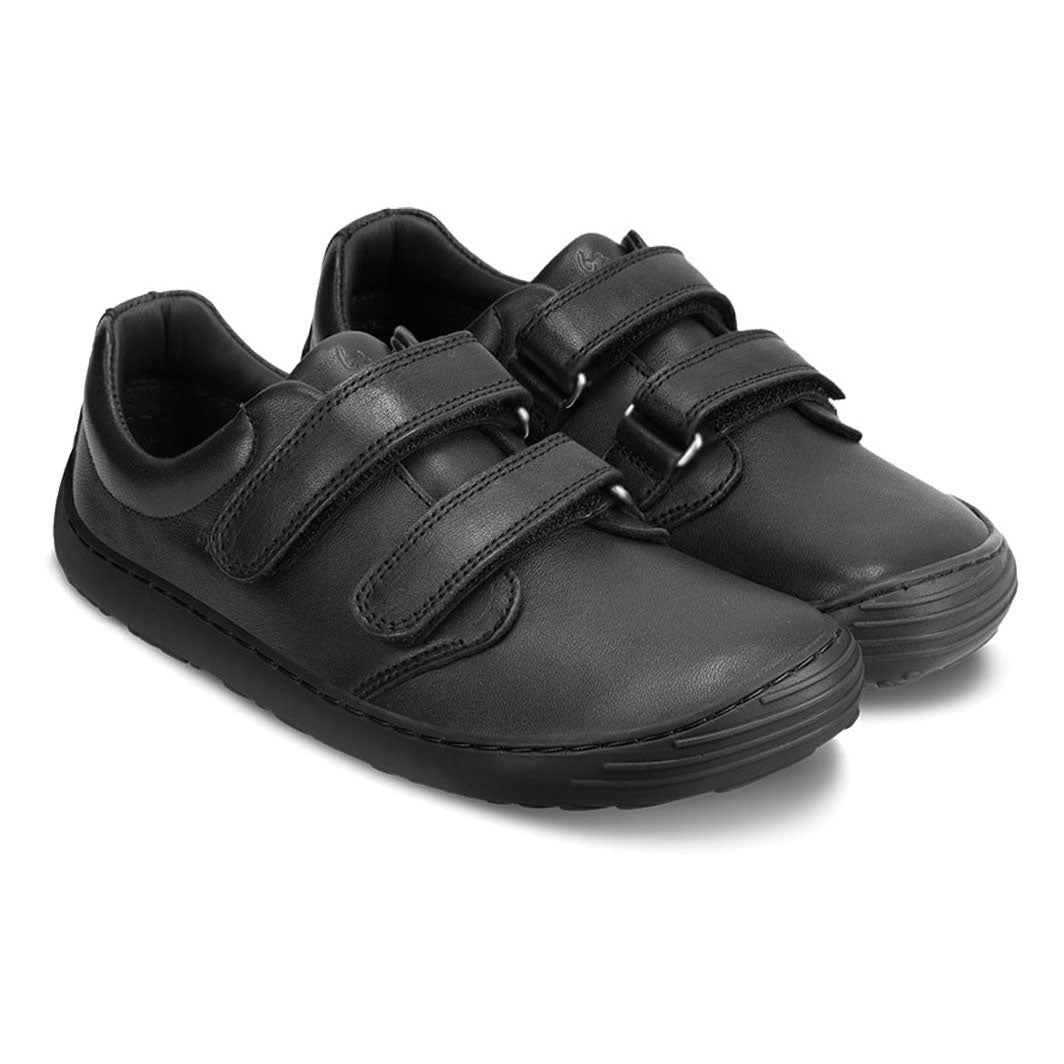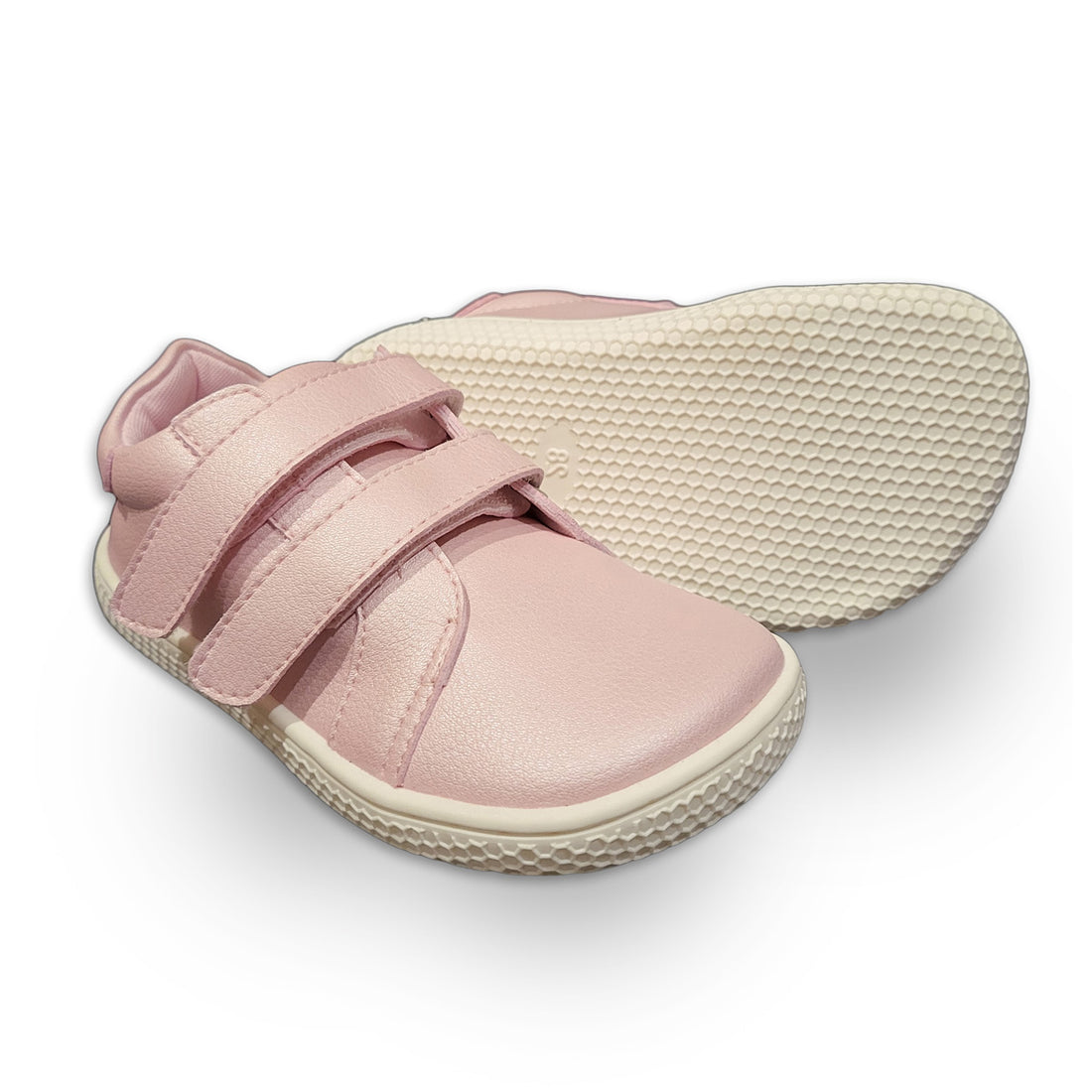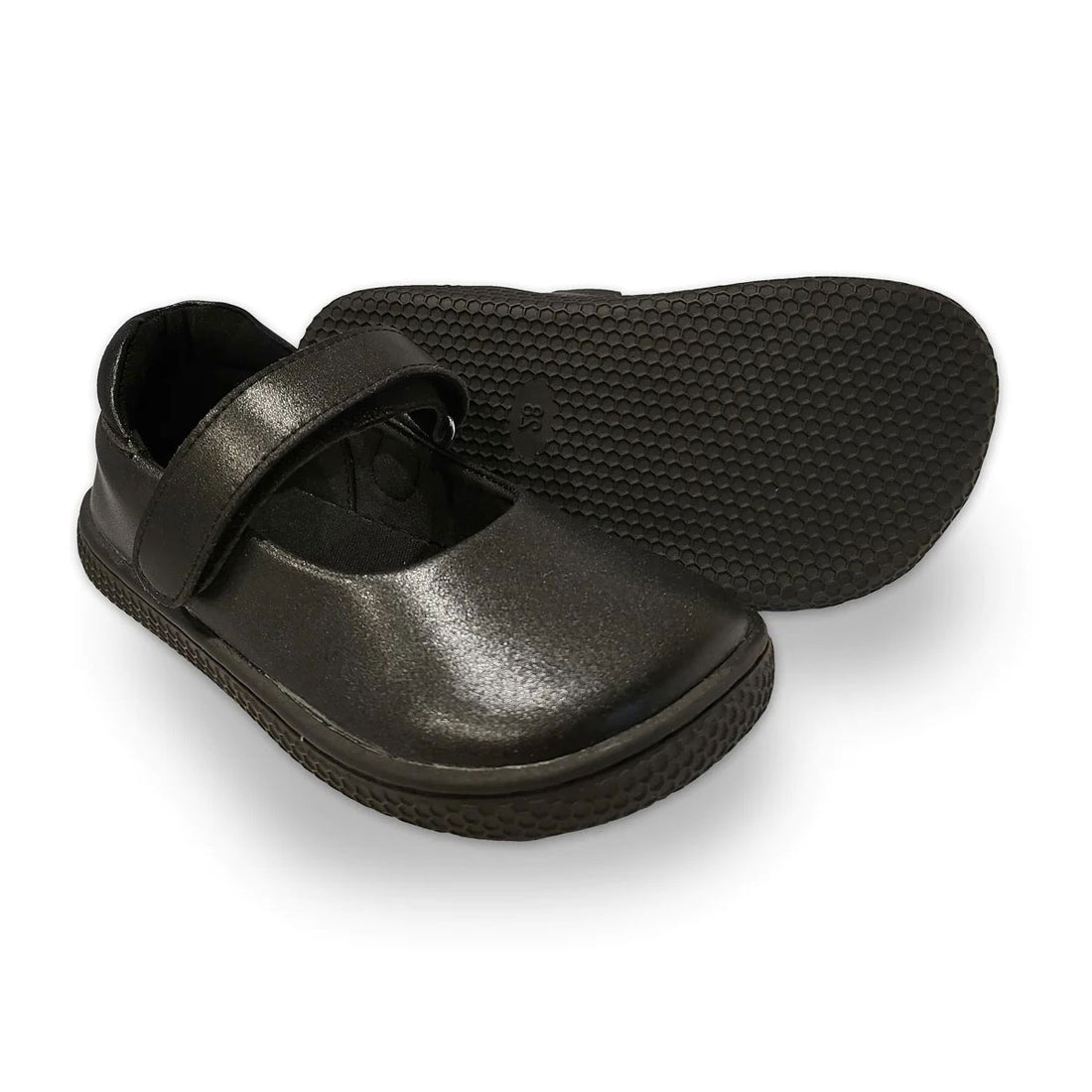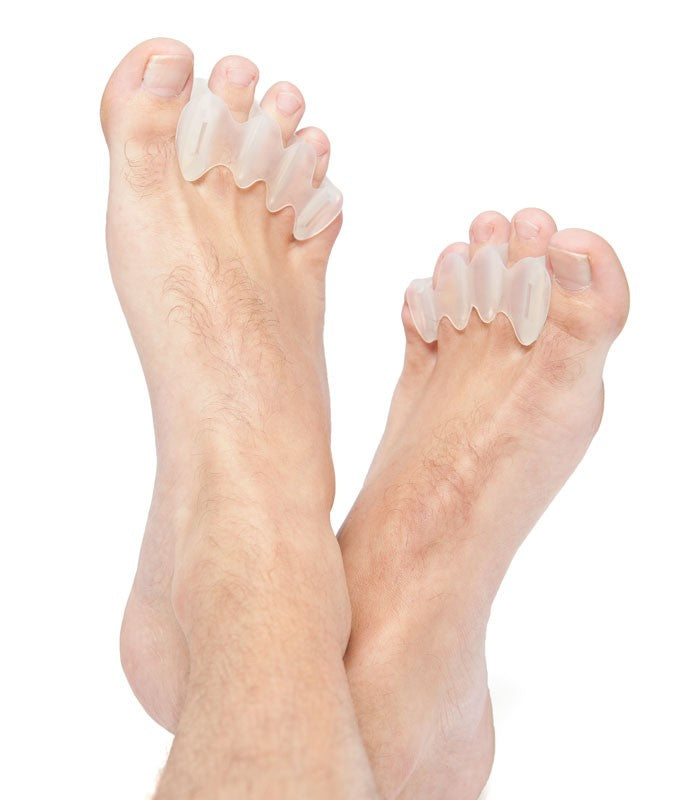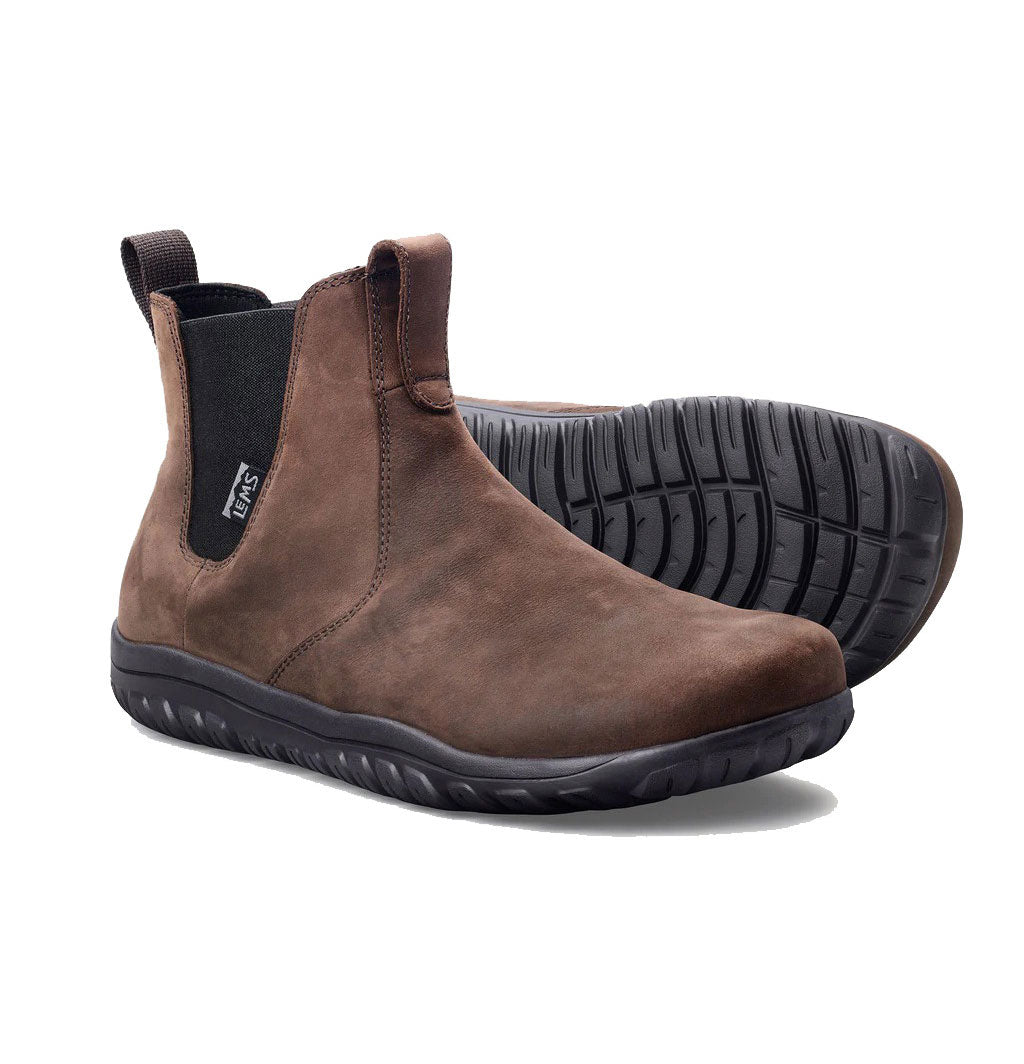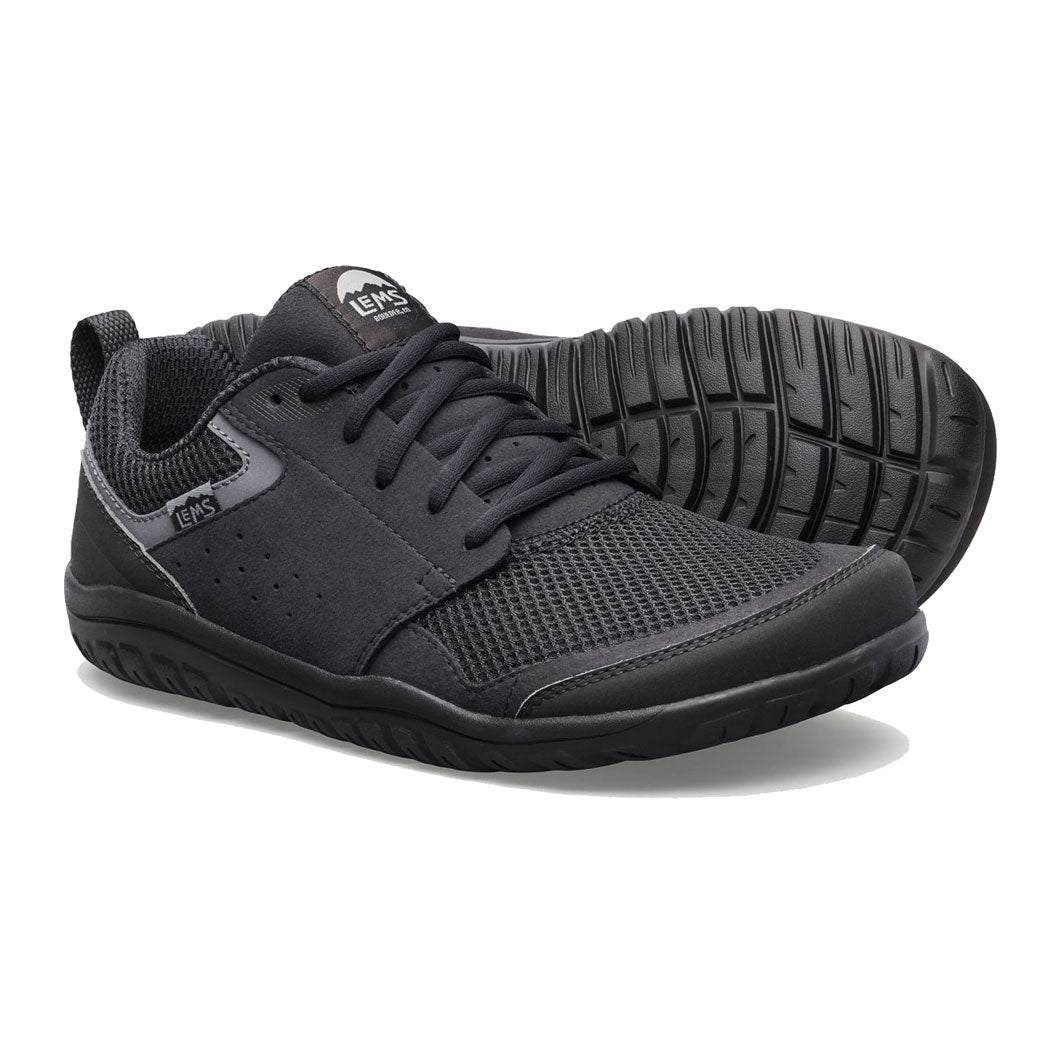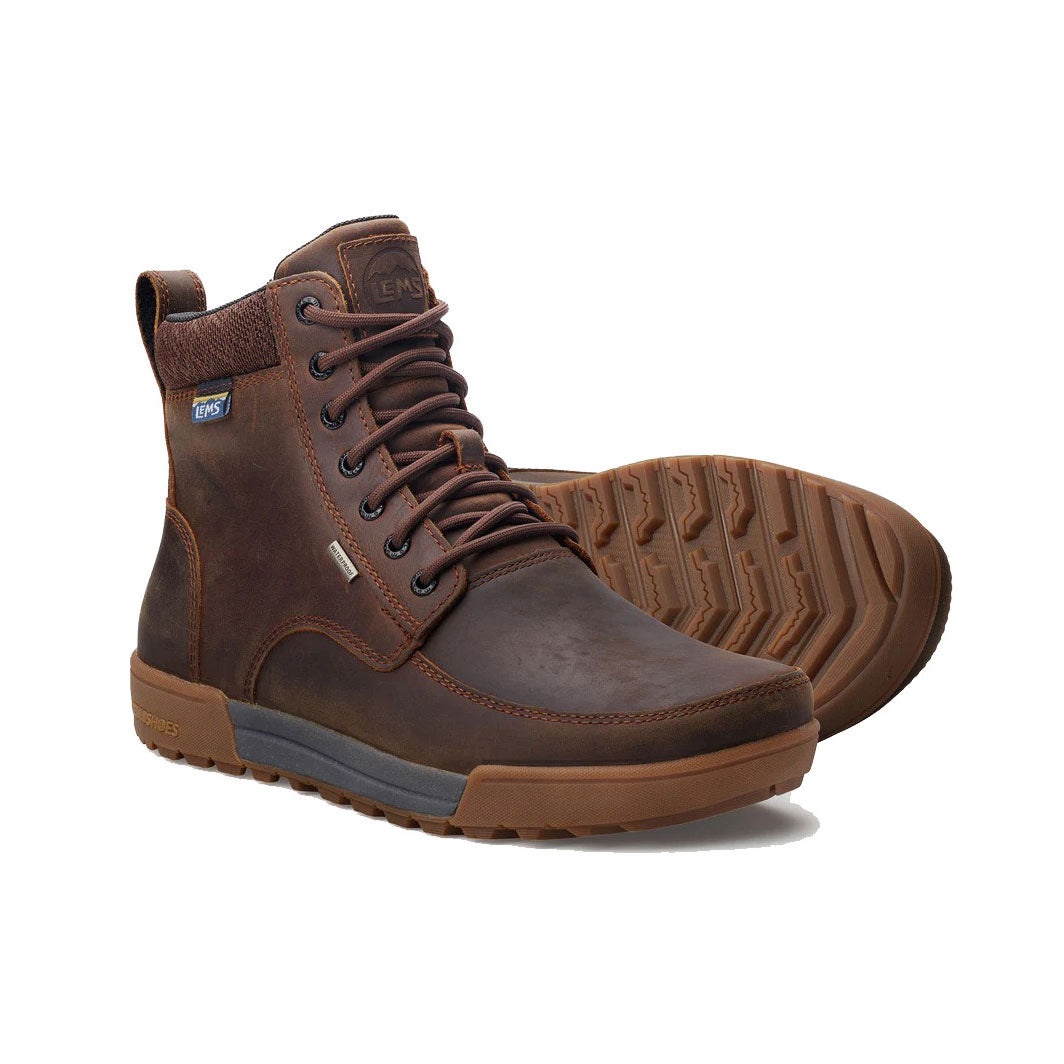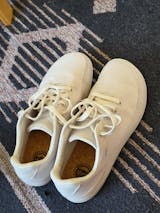The developmental years in children begin from the day they are born. In fact, throughout their childhood, the ongoing process of development never stops, and follows a path that is largely influenced by the decisions made by their parents.
In all of this, feet play an important role in determining posture, balance, and sensory functions in humans, right from childhood. This is why making the right decisions during the early developmental years goes a long way in preventing several foot related ailments in the future. Of course, this includes the type of footwear we choose for our children.

The dynamics of a foot change over the years; they go from soft, rounded, chubby little feet to formed, hardened, and fully-developed feet with bones, muscles, and ligaments. As a child starts learning how to walk – generally between 10 to 20 months of age – this kickstarts the development of strength, feel, and balance in the feet. This is also when the type of shoes they wear is given more importance. Of course, at this point, footwear for toddlers is used as a medium of protecting the soles of the feet, however, what many don’t realise is that even at this stage in a child’s life, it has a major impact on the shape, form, function, and development of the bones. Let’s learn more.
The Primal Shape of Babies’ Feet

There is no particular shape or size in which a child is born; however, the shape of their feet will more often than not resemble the primal foot shape of a human – a slightly elongated triangular shape with the toes well-splayed out. At this tender age, babies’ feet are nothing but soft cartilage that gradually converts to bone over time, taking the shape of any type of footwear or restriction that binds them. This further reiterates the importance of allowing your child’s feet to develop naturally, and preferably barefoot, or in a pair of barefoot shoes.
Foot deformities at a young age caused by narrowly-shaped shoes have an adverse effect on other functions of the feet. As a child, your feet are highly flexible and should be given the freedom to remain that way by avoiding restrictive footwear. Particularly when learning how to walk, it is more favourable for toddlers to be barefoot as opposed to wearing any type of footwear or tight socks that hinder foot mobility and toe splay. This will help generate sensations as their bare feet make contact with the ground, and also develop and increase muscle strength in the feet.

Remember, babies lack muscular strength and support which is why they have flatter feet. The muscles and ligaments are not strong enough to hold up an arch as compared to an older kid or an adult foot. As a child begins walking, the fat in the feet will start to reduce, and muscle development will begin, thus leading to rapid changes in the length, width, and form of the feet. With the use of barefoot shoes, the primal shape of the foot will remain the same as your child’s feet grow and develop, providing them with the natural ability to function optimally.
The Ill-Effects of Modern-Day School Shoes
Most schools require children to wear shoes as part of a uniform or dress code. In these formative years, shoes have an essential role to play in the physical development of kids. Regular use of modern or traditional school shoes throughout childhood can be the cause of pain and deformity in the future.
Because shoes today are designed to be rigid, heeled, and stiff-soled with narrow toe boxes, modern school shoes lack the flexibility and toe room required for natural development. Instead, they alter the foot shape, thereby tampering with the natural structure of children's feet.

As this pattern continues over the years – from pre-school to middle-school, and eventually all through college or adulthood – foot deformities such as hammertoes, bunions, plantar fasciitis, and hallux valgus become more common. These foot disorders also lead to an unnatural gait which, in turn, causes stress and pain in joints in the lower half of the body. Sadly, many children face these issues all because of a lack of knowledge on how damaging traditional school shoes are.
The Benefits of Barefoot Shoes for Kids
Now that we have learned all about the shape and development of babies’ and childrens’ feet, let’s turn our attention to how we, as parents, can put our kids on the right path to healthy, well-functioning feet by choosing healthier footwear for children from the very beginning.
With that in mind, here are some important benefits that come with wearing barefoot shoes, otherwise known as minimalist or natural footwear.
Increased Range of Motion
A restricted range of motion in joints can cause muscles to become tense and stiff, thereby causing pain. Barefoot shoes have a thin sole that is flexible, and makes the shoe lightweight. This provides the feet with a feeling of freedom, and helps to restore one’s natural gait which, in turn, allows the ankle joint to work towards its full range of motion without any restrictions.
Better Balance and Posture
When given enough space in a shoe, the toes can spread out, and the bones remain aligned as they grow and develop. Additionally, the base of the foot broadens, thereby providing more stability and better gait. This is important as it facilitates increased muscular coordination in the lower extremities which helps to develop a well balanced posture.
Stronger Feet and Joints
Stress and pain around the lower back region and the knees are a very common problem today. This may not be something your child is facing today, but potentially could down the line if weak muscles and joints in the foot and ankle are not addressed early on. The fact remains the same; if these muscles developed the way they were intended to, stress at the joints would also be reduced greatly. This is yet another area where barefoot shoes for kids can help. Because natural footwear is designed without cushioning and external supports, it allows the feet to develop and strengthen naturally, building a strong support structure from the feet up.
Improved Sensory Feedback
The soles of our feet consist of nerve-endings that pass on information directly to our brain. Therefore, walking barefoot or in thin-soled shoes (like natural footwear) allows these sensory nerves to be activated constantly by feeling the uneven contour of the earth or ground beneath our feet. This, in turn, helps reduce stress and anxiety in children, and revitalises the mind and body.

CONCLUSION
One of the most important things you can do for a child is to encourage healthy habits and a healthy lifestyle. This includes foot health which is often neglected during childhood, only for the negative effects to become fairly evident later on in life. Unfortunately, so many kids are being dressed in traditional shoes that are restricting the natural development of their feet. From losing their primal foot shape, to growing weaker and dysfunctional overtime; modern shoes are causing all types of damage to your child’s feet. This is exactly why kids are encouraged to wear barefoot shoes early on in life. By eliminating the negative impact of traditional shoes on children’s feet, your child will reap the benefits of wearing healthy footwear throughout their childhood, and well into adulthood!
At bprimal, we work with shoemakers and brands who create natural footwear that are made to encourage better foot health by repairing the damage caused by long term use of modern shoes. These minimalist or healthy footwear alternatives ensure proper preservation of one’s natural foot shape and function thanks to their inclusion of all the design specifics needed to achieve optimal foot health. Some of these features include wide toe boxes, slim and flexible soles, and no heel elevation. Our involvement and interaction with people who create and promote products that help individuals fix their foot problems has also inspired us to spread crucial awareness – relating to prioritising foot health as told by the experts – via our blog. Learn More - check out bprimal educational articles here, and browse through the different brands and collections of natural footwear and foot health restoration products we carry.
DISCLAIMER:
The above content is for educational or informational purposes only and is not intended to replace or augment professional medical instruction, diagnosis, or treatment. Read the full Terms and Conditions & Disclaimer here.









